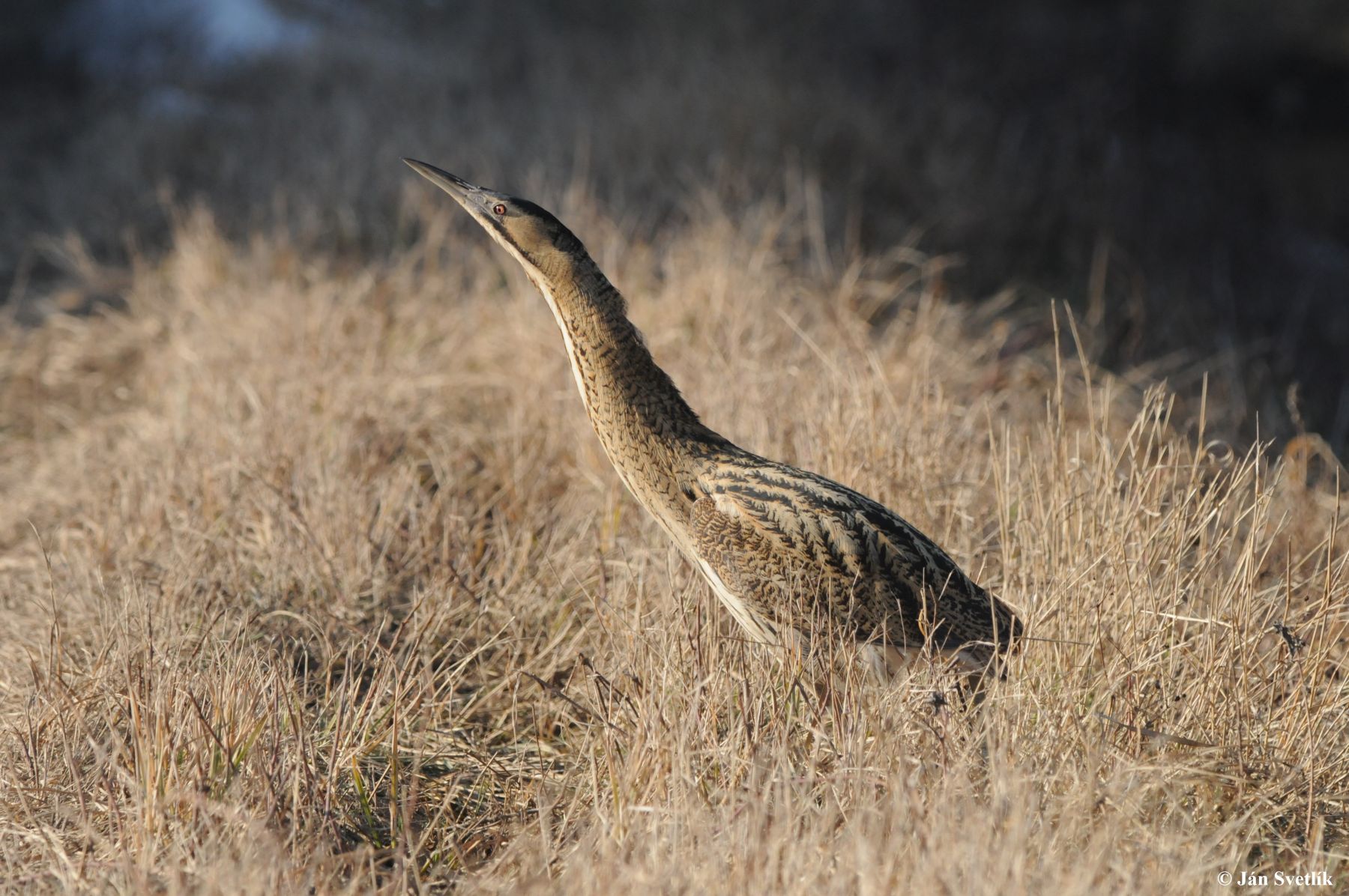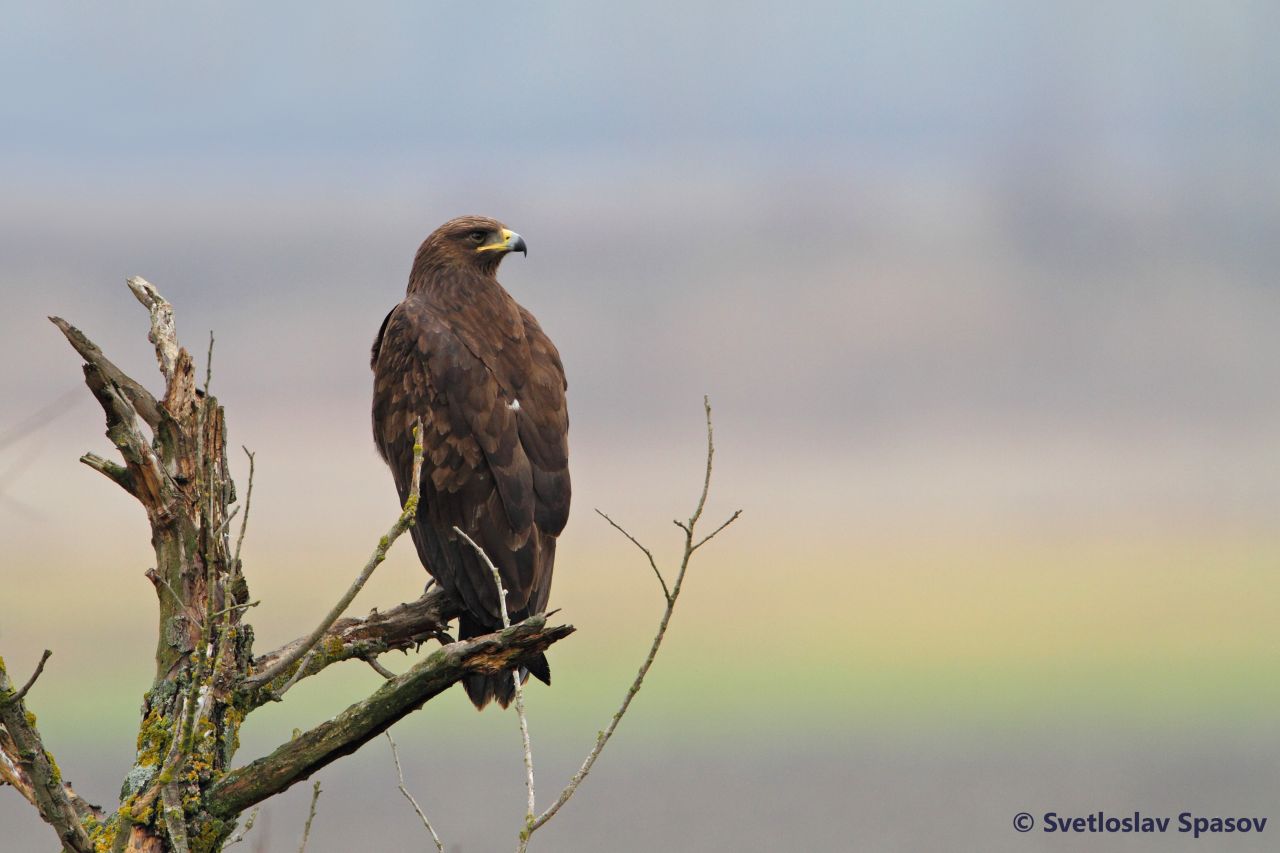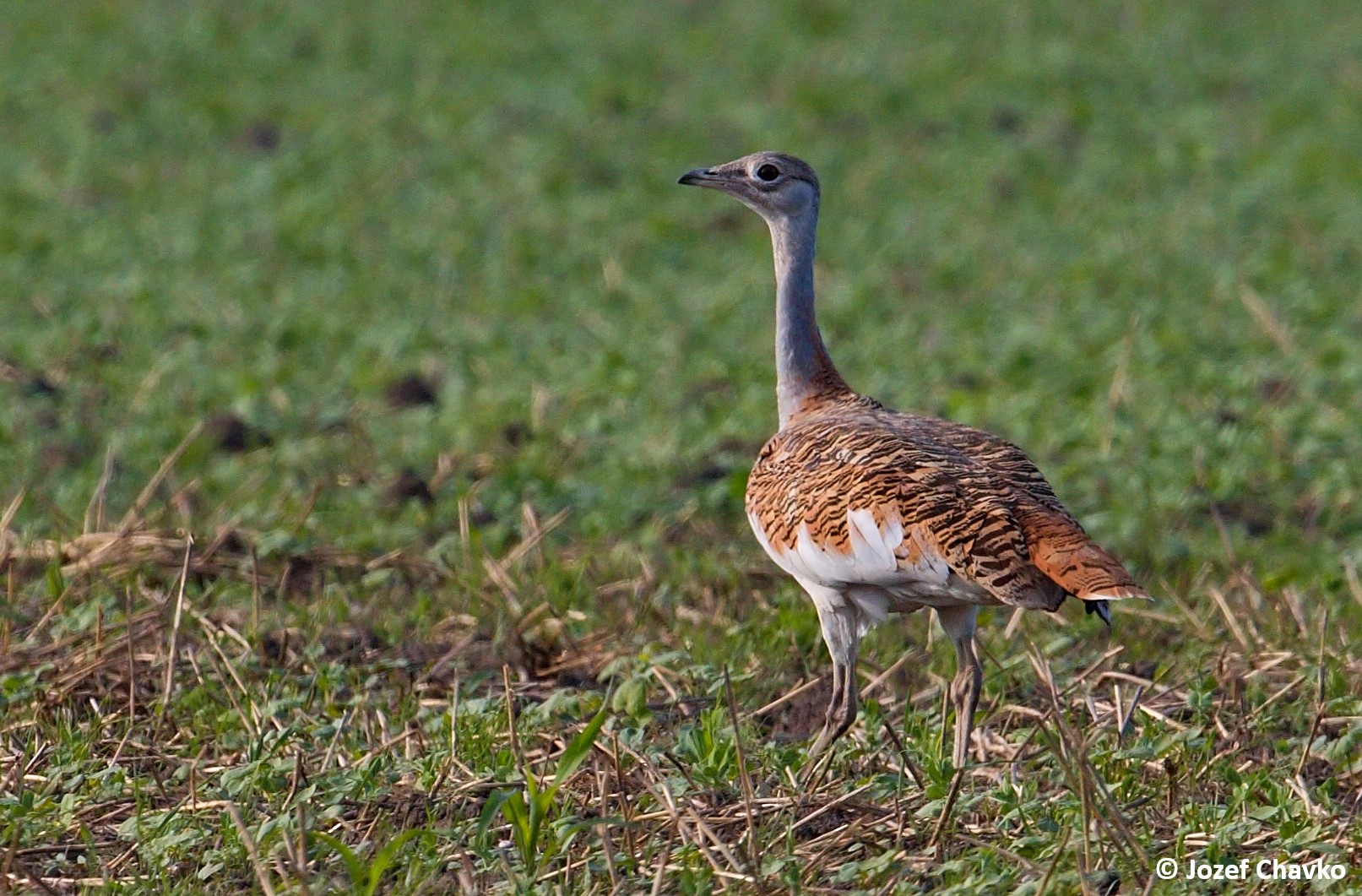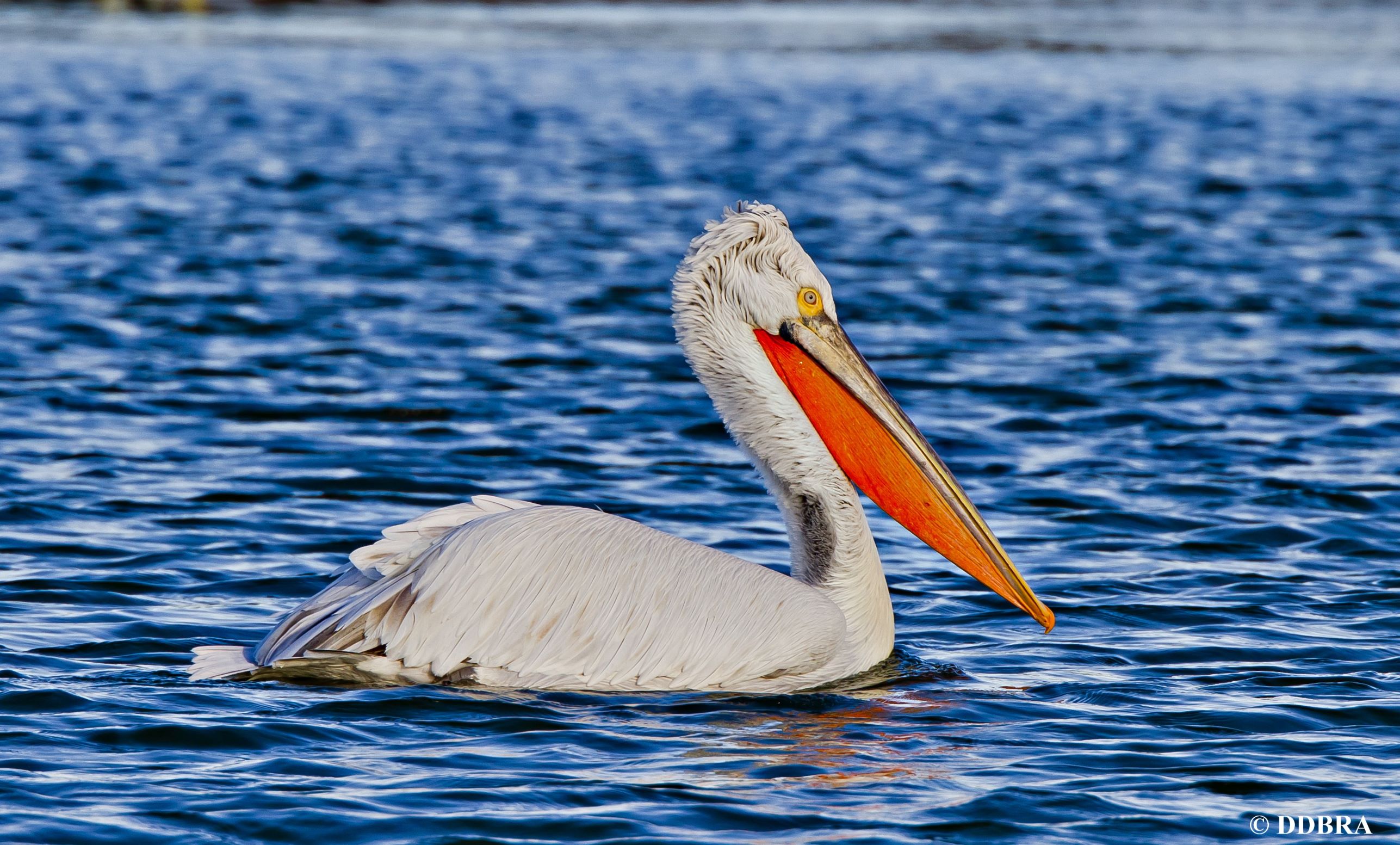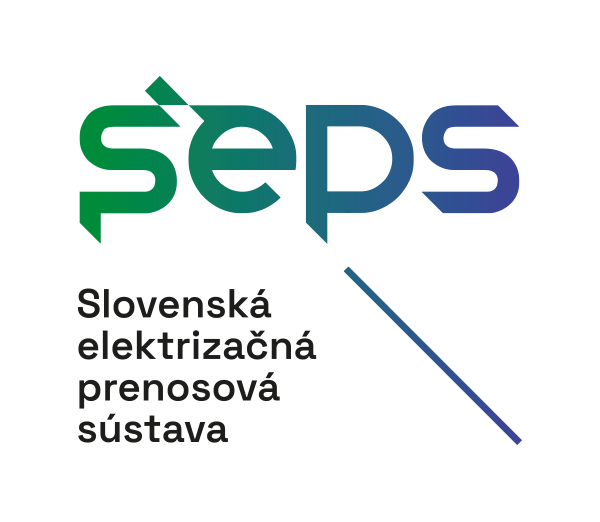
The Lesser White-fronted Goose (Anser erythropus) is a long-distance Palearctic migrant, currently breeding discontinuously in the sub-arctic zone. The wintering/staging areas and migration routes are only partially known. The global population has declined rapidly since the middle of the 20th century. The decrease in numbers has been accompanied by fragmentation of the breeding range and is continuing to affect all populations, giving rise to fears that the species may go extinct. Overhunting and habitat loss are considered to be the main threats. BirdLife International estimates a decrease in numbers in the range of 30% to 49% in the last 20 years (Jones et al. 2008, Rozenfeld 2011).
Read more about Lesser White-fronted Goose here.













